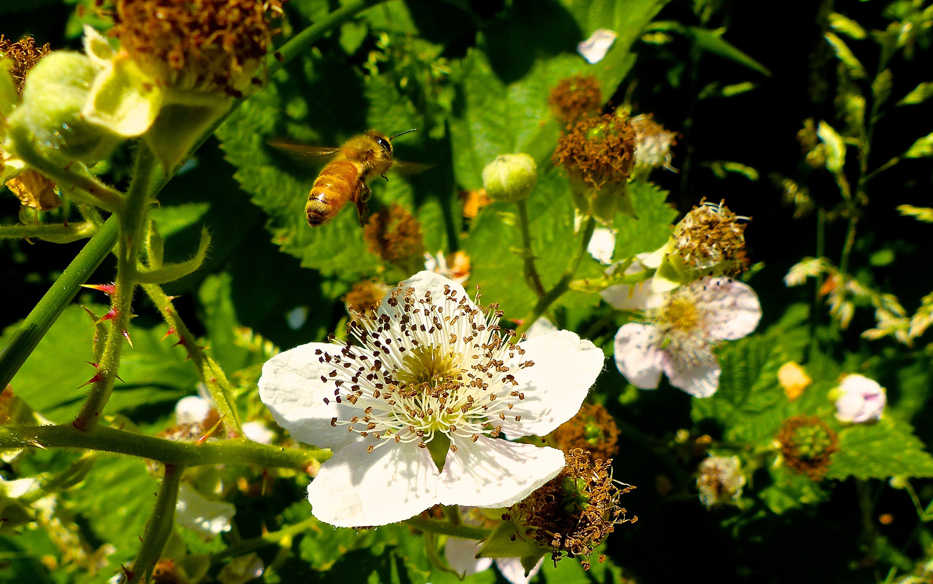It doesn’t take massive flowerbeds to make beneficial insects happy — just a few pollen- and nectar-rich plants in a small area, a “pollinator pocket.”
Common areas such as roadsides, schoolyards and parks make good candidates for pollinator pockets. So do idled corners of farm fields.
“A lot of people think that when you plant things for insects that they won’t be pretty. They’ll look wild,” said Sandra Mason, an extension horticulturist with the University of Illinois in Champaign. “But by selecting certain plants, you can have beauty and help out pollinators as well.”
Lack of space need not be a problem.
“Four- to 6-foot ovals or 24 square feet are large enough and doable,” Mason said. “They don’t cost a lot of money and they’re easy to maintain.”
And although pollinator pockets may be small, they make a big impact when linked.
“In the scheme of things, one 4-by-6-foot pocket doesn’t matter,” Mason said. “But it does if the entire neighborhood works together. Communities become acres.”
Bees, whose numbers have declined dramatically in recent years, need pollen and nectar to survive. Cover and nesting sites also are important, so think four-season and succession gardening while planting.
“Select plants that are early, mid-summer and late-season flowering,” Mason said. “Leave the stems up when they quit blooming. Mason bees will use the old stems for laying their eggs and for overwintering. They also provide cover for the birds and the bees.”
Leave the plants standing for a couple of months after your spring cleanup, she said. Any insects still in there will have a chance to emerge.
Hundreds of flowers, shrubs, trees and vines can be used to sustain pollinators. Check with your county extension office or search the Internet for native varieties. Better yet, wander around and study some blooms, Mason said.
“See which ones are popular with bees and butterflies,” she said.
The agricultural sector also plays a big role in the pollinator-pocket movement, as do organizations like Pheasants Forever that make wildflower seeds available to farmers.
“It’s tough though,” said Ron Babcock, owner of Babcock Farms, a 160-acre spread near Glenvil, Nebraska, that includes three dozen honeybee hives. “Trying to convince people they don’t have to plant fencerow to fencerow and that they should take some profitable ground out of production (for pollinator pockets) is not an easy sell.”
Babcock has about half his farm planted with crops and the rest set aside for pollinators. He also holds down a day job to keep the operation going.
“I’ve got to make enough off of production to help pay the bills,” he said. “At the same time, I try to encourage people farming like myself to leave a little alfalfa growing along the edges when they harvest. It’s a huge resource for bees.”
Restoring a pollinator population that’s been in steep decline over the past decade or so won’t happen overnight, Babcock said.
“But I think people are becoming more aware. They aren’t arbitrarily spraying herbicides and insecticides anymore. Many are checking with nearby beekeepers first,” he said.
Online:
For more, see this University of Illinois fact sheet with a link to flower garden designs: https://web.extension.illinois.edu/cfiv/pollinators/4906.html
You can contact Dean Fosdick at deanfosdick@netscape.net

